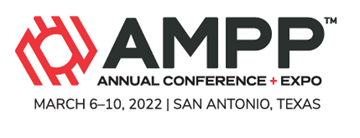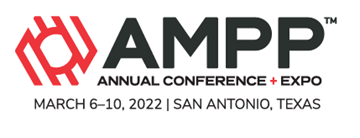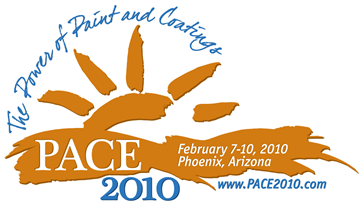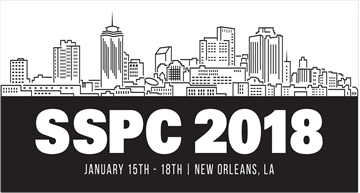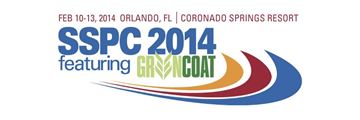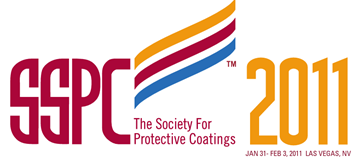Search
Products tagged with 'test methods'
View as
Sort by
Display
per page
Proposal Of 18Cr-8Ni Based Austenitic Stainless Steel With Superior Stress Relaxation Cracking Resistance
Product Number:
51322-17536-SG
Publication Date:
2022
$20.00
Pull-Off Adhesion Strength Testing of Lining Systems on Concrete: A Review of the Various Direct Tensil Test Methods Used for Severe Service
Product Number:
41216-992-SG
Publication Date:
2016
$20.00
Qualification Methods of Seamless Tubes for H2 Gas Applications
Product Number:
51324-20737-SG
Publication Date:
2024
$40.00
Review Of Coating Current Test Methods For Simulating CUI Conditions And Introduction Of A New, Small Scale, Accelerated Test Method
Product Number:
51322-18173-SG
Publication Date:
2022
$20.00
RP-01-73-HD1973-SG, Collection and Identification of Corrosion Products-HD1973
Product Number:
RP-01-73-HD1973
Publication Date:
1973
$179.00
RP0194-HD1994-SG Criteria and Test Methods for Cathodic Protection of Lead Sheath Cable-HD1994
Product Number:
21062-HD1994
Publication Date:
1994
$179.00
RP0274-HD1998-SG High-Voltage Electrical Inspection of Pipeline Coatings-HD1998
Product Number:
21010-HD1998
Publication Date:
1998
$179.00
Selection of Protective Coatings for Aesthetic Properties
Product Number:
41210-584-SG
Publication Date:
2010
$20.00
Significance of Evaluation Methods for Surface Applied Corrosion Inhibitors
Product Number:
51218-113-SG
Publication Date:
2018
$20.00
Small Expense, Big Reward - The Impact and Value of Quality Assurance Testing of Coatings for Hydraulic Steel Structures
Product Number:
41216-958-SG
Publication Date:
2016
$20.00
Soluble Salt Determination Using the Saturated Filer paper Extraction Method
Product Number:
41214-819-SG
Publication Date:
2014
$20.00
Southern Nevada Water Authority-Polyurethane Lining Evaluation and Testing
Product Number:
41211-637-SG
Publication Date:
2011
$20.00

